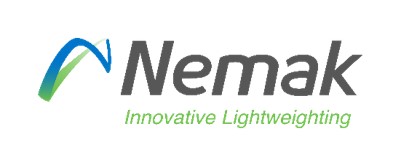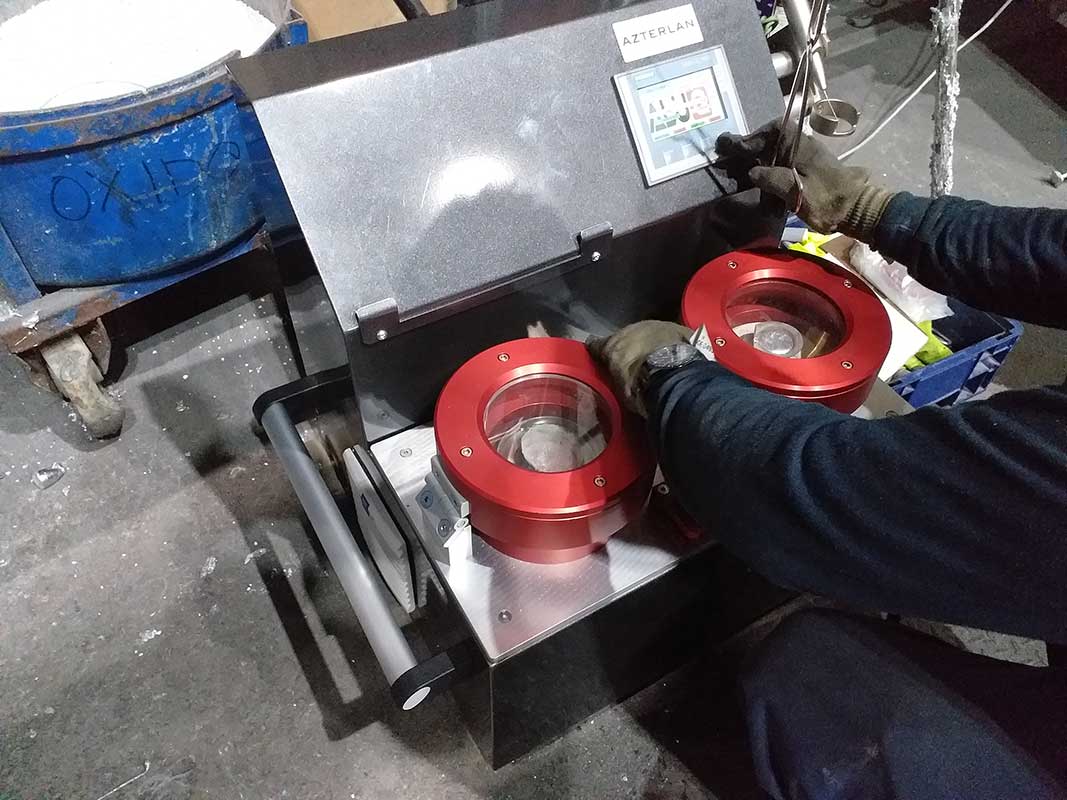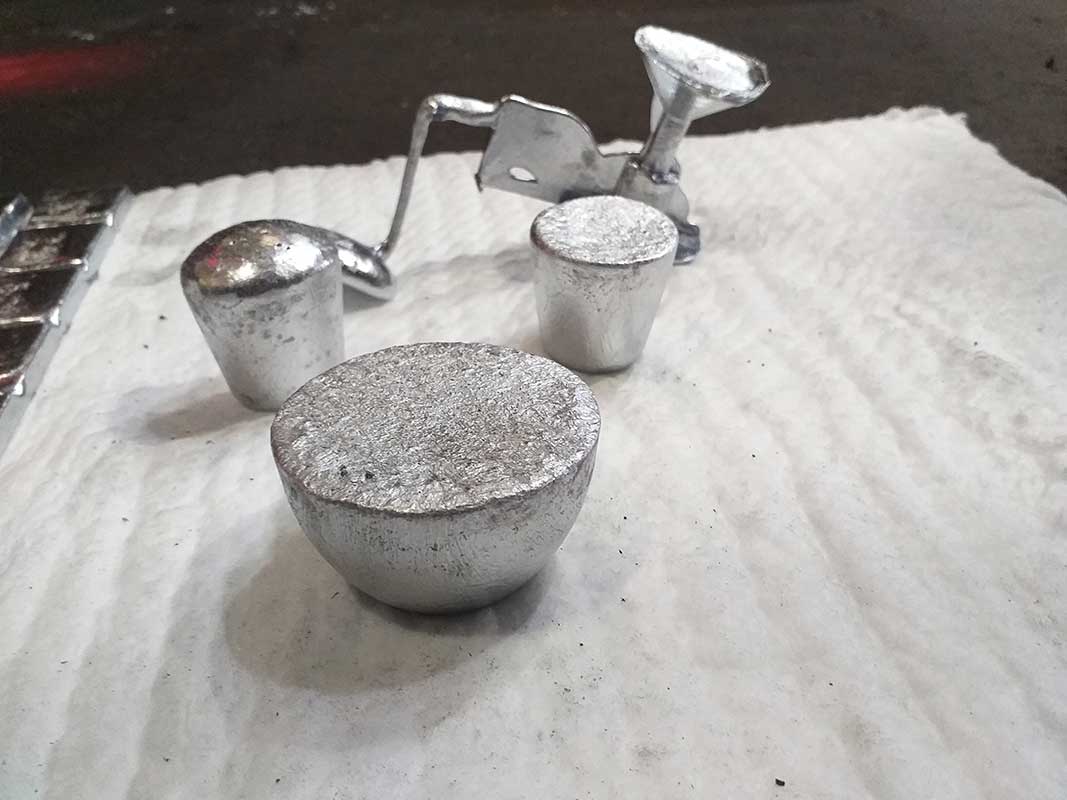CHANCE
SECONDARY ALUMINIUM ALLOY FROM END-OF-LIFE VEHICLES FOR THE MANUFACTURE OF AUTOMOTIVE COMPONENTS
Reducing external dependence on the supply of aluminium, innovating in recycling processes and optimising the management of internal and external scrap from steelworks and foundries is a priority in the Basque Country. The value of the key metals consumed in the Basque Country annually exceeds €3.3 billion and consumption of critical metallic materials amounts to €164 million. The value of metals currently landfilled as complex waste (grinding and polishing sludge, galvanic sludge, aluminium sludge, etc.) is estimated to be €12 million annually. The intensive use of primary aluminium for the manufacture of vehicle components is therefore a problem for the environmental sustainability requirements of the automotive sector. Royal Decree 265/2021 of 13th April on end-of-life vehicles sets the target of ensuring that 95% of the vehicle is reusable and recoverable and 85% is reusable and recyclable.
NEMAK, a leading company specialising in the development and production of aluminium components for vehicles, has developed CHANCE, a project in which it has collaborated with the AZTERLAN Technology Centre, SINDOSA industrial automation engineering company and the GDE I+D+i innovation consultancy firm.

 OBJECTIVES
OBJECTIVES
- Research and develop an AlSi10MnMg secondary aluminium alloy obtained from post-consumer scrap, suitable for use as a raw material in the manufacture of automotive components with high technical requirements.
- Develop and implement a specific and optimised melting and metal treatment methodology to obtain the new secondary alloy.
- Study and optimise the high-pressure die casting (HPDC) process, to adapt it to the new material to be used.
- Implement digital metallurgical quality control systems in melting and metal treatment processes.
- Reduce the emission of more than 194,400 tonnes of CO2 into the atmosphere each year.
 RESULTS
RESULTS
- Full melting and treatment (degassing, salt cleaning, etc.) of alloys using different proportions of virgin raw material and post-consumer scrap (70%/30% and 30%/70%).
- Similar results in chemical composition, macro-inclusion and micro-inclusion analysis, metallographic analysis and density index of both metal mixtures.
- Manufacture of injected components for the automotive sector in compliance with the necessary requirements in both cases.
- 95% reduction in energy consumption for the manufacture of second-melt aluminium. 850 kWh are required for 1 tonne of this product, compared to 17,000 kWh for 1 tonne of pure aluminium.
- Reduction of CO2 emissions from 8,600 tonnes to 500 tonnes in the manufacture of 1 tonne of aluminium, using the higher scrap content ratio.
 CONCLUSIONS
CONCLUSIONS
- CHANCE has proven that it is possible to manufacture high mechanical performance components from high value-added alloys obtained from degraded and recycled material, such as high-grade aluminium scrap.
- The existing high-pressure die casting (HPDC) process needs to be optimised for use of the newly developed aluminium alloy as a raw material. Analysis of mechanical properties and internal structure indicate that parts made from the new alloy offer good strength performance and excellent elongation performance. Furthermore, positive results are obtained in terms of stability.
ENVIRONMENTAL
TECHNICAL
ECONOMIC
COMMERCIAL
ON THE MARKET









